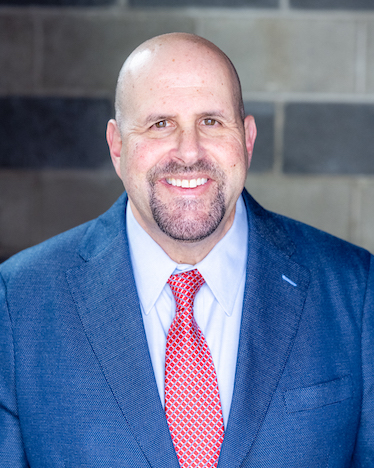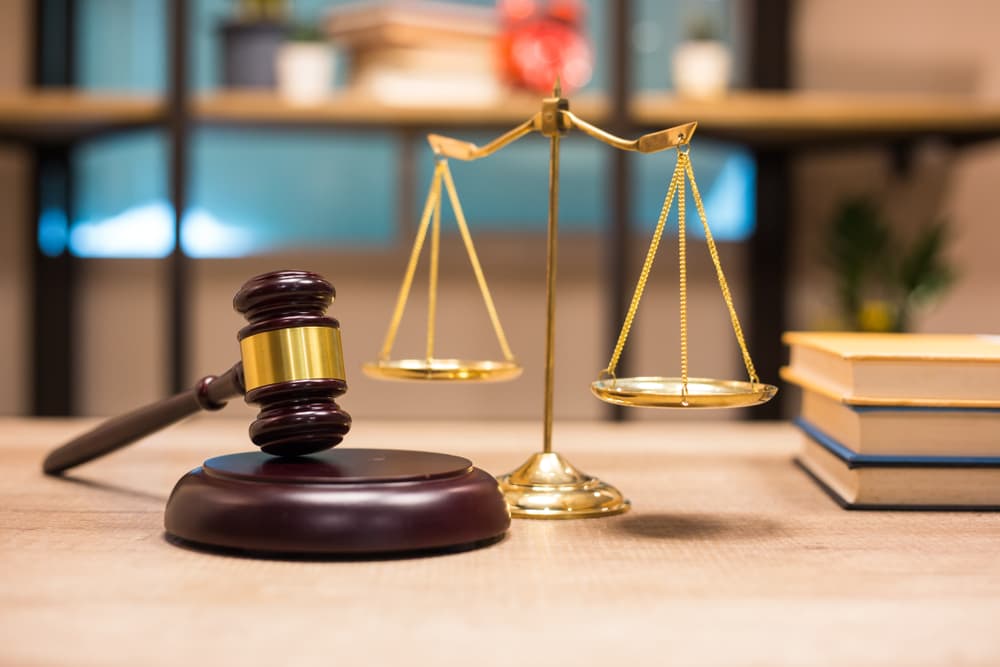Need a Go Between? Look to Arbitration and Mediation Services
When litigation is undesirable in a case regarding an injury sustained in an accident, sometimes arbitration and mediation can be excellent options. In each case, a go between is chosen to oversee negotiations. Binding arbitration and mediation are often used to resolve
auto accident, slip & fall /
premises liability, and other types of injury claims.
Mediation
A binding mediation is a negotiation between two or more adverse parties with a neutral party acting as a mediator. The plaintiff and defendant enter the negotiation with the mediator acting as a go between and the parties try to reach a settlement. If a settlement cannot be reached, the mediator steps in and decides a fair amount to award the plaintiff for his or her injuries sustained in the accident.
Mediation is particularly valuable when your dispute involves another person with whom you need to remain on good terms. This may include:
- Family members
- Co-workers
- Business partners
- Your landlord
- Neighbors
- Others with whom you have a continuing personal or business relationship
Lawsuits can polarize and destroy relationships, so having a go between though mediation is helpful in its ability to get a dispute resolved without ending a relationship.
Arbitration
An arbitration is a hearing where an arbitrator, or panel of arbitrators, act as judge and jury. The arbitrator hears testimony and looks at evidence, and then rules in favor of either the plaintiff or the defendant. If the arbitrator finds for the plaintiff, he or she will then decide the amount of money to award. Arbitration is very common, and
The American Arbitration Association estimates that it handles more than 2 million arbitrations each year, and hundreds of thousands more are conducted by other groups and individuals.
Choosing an arbitration and mediation route can also be very beneficial to both plaintiffs and defendants / insurance companies:
- For a plaintiff, time and money are saved, because it can often take years for a lawsuit to make its way through the courthouse. Mediation and arbitration can shorten the wait from years to months for a resolution.
- It is much less expensive to go to arbitration than to put on a trial in court.
- Defendants and their insurance carriers also save greatly on litigation expenses with arbitration and mediation.
- Insurance companies can limit their exposure to exorbitant lawsuits. Mediations and arbitrations have high/low dollar limits which are predetermined by the parties.
High/Low Awards:
For example, an arbitration involving a personal injury
auto accident in Chicago may have a range of awards from $25,000 to $100,000. This means the plaintiff cannot be awarded less than $25,000 or greater than $100,000. Even if the arbitrator comes back with an award of $120,000, the plaintiff can only be awarded the high figure of $100,000. However, in this scenario, if the judge finds the defendant not guilty, the plaintiff still receives the low figure of $25,000. This is beneficial to both sides as they have limited their risk by agreeing to a certain award range.
Additionally, motor vehicle insurance policies call for binding arbitration on uninsured and underinsured motorist claims (UM claims) if a settlement cannot be agreed upon by the parties. In binding arbitration, the arbitrator’s decision is final. It may not be reviewed or overturned by a court except in very limited circumstances, such as when fraud or misuse of power has been involved. The highest award in this type of case would be the limits of the insurance policy and the low award would be zero, unless the parties agree to some other figure.
If you have a case you think would benefit from a go between through arbitration and mediation, request a
Free Case Consultation or call (312) 924-7575 to speak with a lawyer now.
David Abels
Partner
David Abels has carved a niche for himself in the personal injury law sector, dedicating a substantial part of his career since 1997 to representing victims of various accidents. With a law practice that spans over two decades, his expertise has been consistently recognized within the legal community.
Author's Bio



